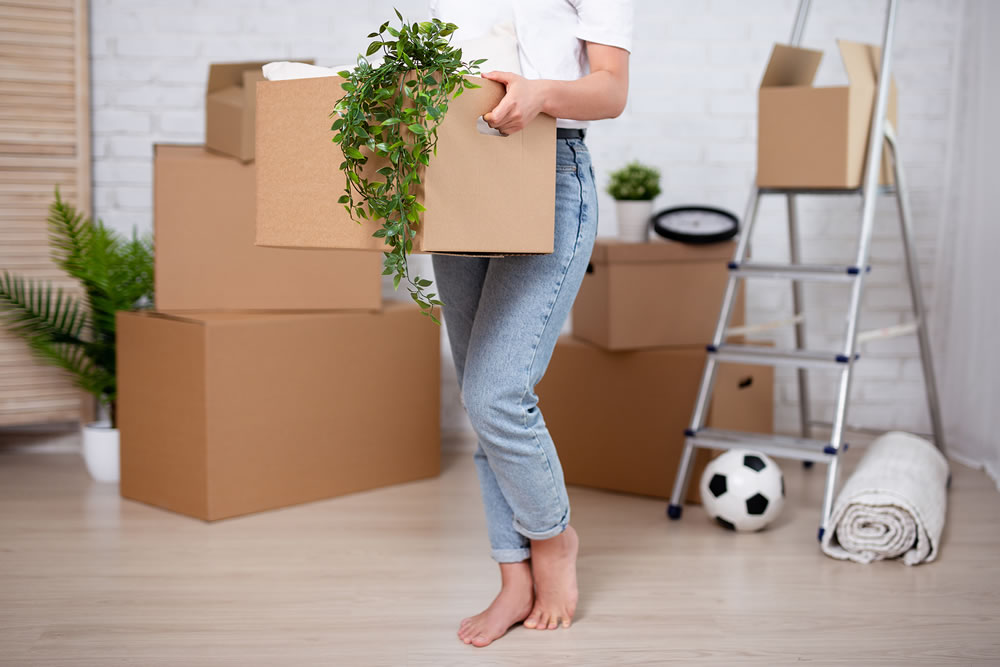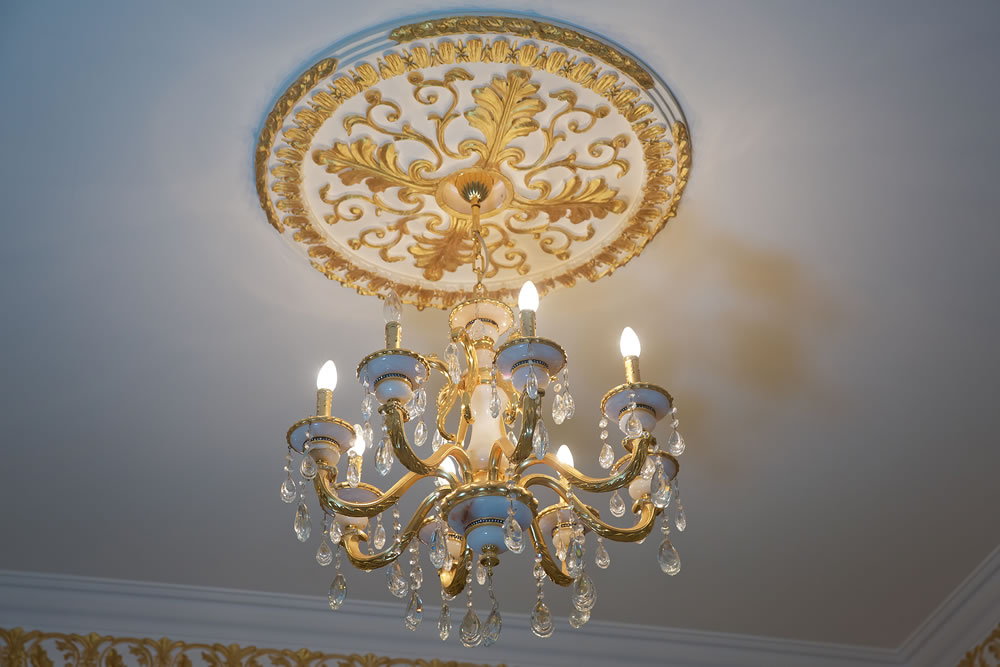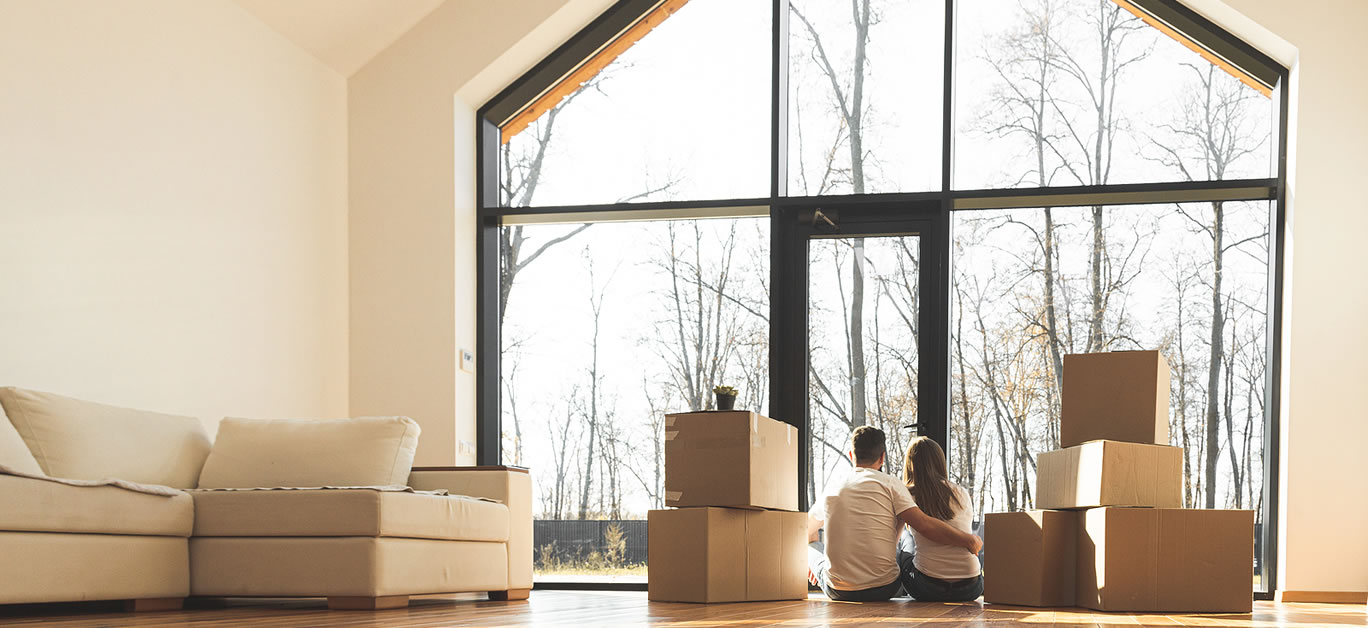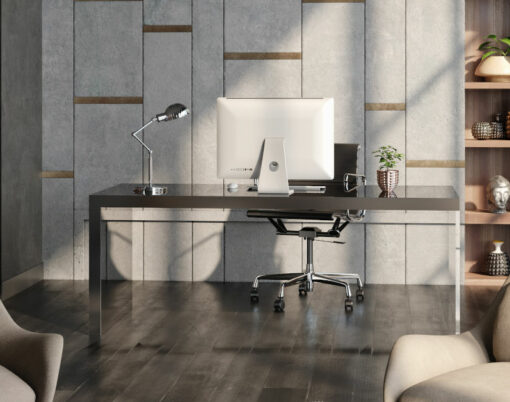When you’ve found that dream home you’ve been longing for, it doesn’t get more exciting than the day you can finally move in. You will no doubt have big plans regarding renovations, redecoration and where to place those beautiful items you’ve been collecting over the years, but there’s that small issue of actually moving first.
Said to be one of the most stressful times in life, moving to a new house brings with it an array of obstacles that will test anyone’s hardy resolve, which is why getting in the movers really is a no brainer. Time constraints on the day and the odd mishap are always a strong possibility so if anyone can relieve any of the burden, let the professionals do just that.
We are all aware of the general advice to follow when it comes to packing up and moving, such as shedding any unwanted items weeks in advance, packing rarely used items first and keeping a box of essentials aside for the big day (kettle included of course!), but what on earth do we do with those unique items? The big awkward furniture, the plants, the swish chandelier? Fear not, as we have some top tips on how to move some of those specialist items in your home.

What happens during Covid?
First of all, there are questions relating to moving during a time where Covid is apparent, and with rules of social distancing, face coverings and keeping your hands clean it’s important to know what to do. Macro Removals have summed up the situation well and have all the answers to questions you may have over on their website, but we’ll summarise a few key points here.
A top tip is to create a floorplan of your new place and colour code boxes to each room so that the removals team know exactly where everything is to be placed without you having to be at your new place with them. Disinfectant spray will be your friend so that you can give all supplied packaging materials a spritz before packing and items after unpacking. Wear face coverings any time you are to come into contact with anyone and ensure you have hand sanitiser with you too.
Furniture
Moving onto those pesky items and we’ll start with the big ones, literally. Of course, most removals companies will offer a dismantling and reassembling service but if time is of the essence on the day and you have a lot items to shift, you may want to get a head start. Beds and furniture in spare rooms are the first items to look at, just make sure you have plenty of space and assistance before you begin and tape the screws in a little bag to the furniture so they don’t get lost.
Make sure that all items that you are about to take apart actually need to be dismantled – some may fit just fine so don’t give yourself extra work and, of course, there are pieces of furniture that you won’t want to touch or won’t be possible to take apart. If it’s an antique piece it’s best to leave these special items for the removals company, they will have plenty of practice, blankets, and they will be insured too.

Chandeliers
Chandeliers look fantastic in any room, but how on earth are you supposed move them safely? These fragile ornaments need extra care so make sure you have a box or crate large enough, a few inches bigger than the chandelier, be extra careful when removing it from the ceiling and make sure an electrician disconnects it. Wrap the bulbs and crystals well in bubble wrap, pad the box with plenty of packaging and be sure to label the box well so that the movers know it’s a fragile item.
Plants
We become rather attached to our plants, after all we’ve nurtured them, watched them bloom and they may not be so easy to leave behind, especially if they were a gift from a loved one. The good news is you don’t have to move without your plants, but there are some steps to follow to keep them in tip top condition, providing your removals company will take them for you (it’s worth checking this).
Trim your plants and wrap them in hessian for protection, pot up any that have been planted in the garden into plastic pots so they don’t fall over during transit, get rid of any weeds or pests and place them into moving boxes so that they can stack onto other boxes. Once at your new property, replant straight away and give them a good water, a feed and hope that they enjoy their new spot as much as you do.






















